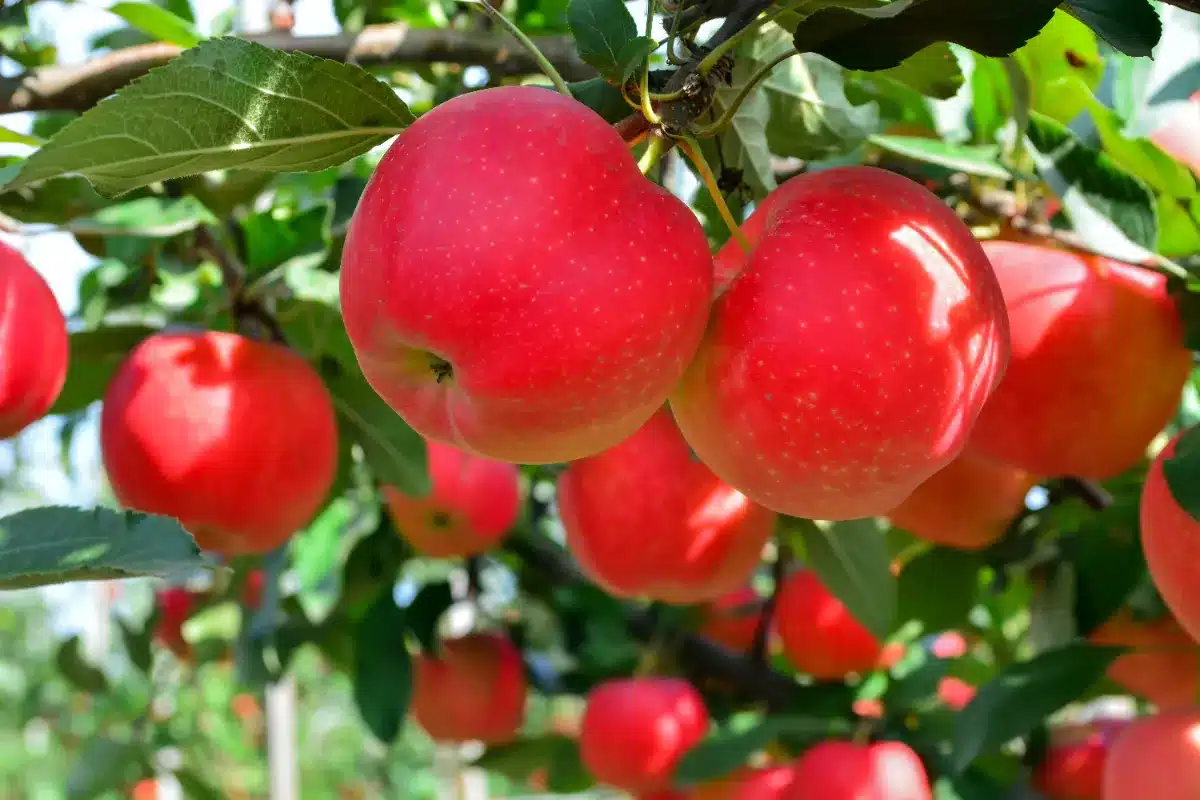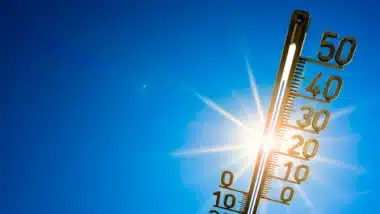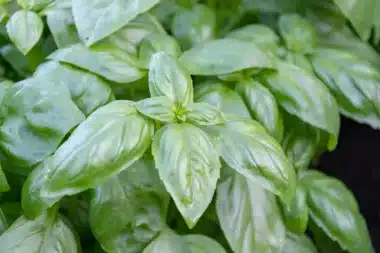Picking out the right fruit trees for your garden can be a fun yet tricky task. With so many options on the market—each having its own set of needs and perks—it pays to know what you’re getting into and how each one will mesh with your local yard (think soil type, sunlight, water, etc.). Whether you’re setting up a quaint backyard or planning a bigger orchard, going over these details will help you make choices that lead to plenty of tasty rewards.
Pawpaw tree: a hardy pick for temperate weather
The Pawpaw tree is a real gem for folks in cooler areas, thanks to its ability to handle cold winters. It usually starts bearing fruit in 3 to 5 years and does great in growing zones 4 through 9. It needs well-drained soil that’s a bit on the alkaline side, and you’ll want to plant it where water isn’t going to stick around. At first, it needs some partial sun for the first one or two years, but once it’s settled, full sun is the way to go. This tree can reach about 18 to 25 feet tall, making it a significant presence in any garden, and it tends to fend off pests and diseases pretty well, so it’s low-maintenance overall.
A biology professor at LaGuardia Community College even mentioned, “I have seen pawpaws grow in the wild in the Adirondack mountains where I go hiking. They just need good draining soil.”
Desert King fig tree: a heat and dryness champion
If you’re gardening in hot conditions with not-so-great soil, the Desert King Fig Tree might just be your best buddy. This variety is built for conditions you’d find near ancient Mediterranean stone walls in France and Italy and does best in growing zones 7b and higher. It really prefers dry soil and avoids wet, waterlogged areas. Growing up to 15 to 20 feet tall, it needs full sun and loamy, well-drained soil to perform at its best.
Ward Dilmore, the founder of Petrus Landscaping, points out, “Figs are tolerant of high heat, poor soils, and low water areas… Like most fruit trees, they don’t like areas that are soaked with water” (which is a common theme with many fruit trees).
Liberty apple tree: a small tree with disease-defense
The Liberty Apple Tree is a dwarf variety that’s a standout when it comes to fighting off diseases—perfect for anyone into organic gardening. It grows between 6 to 11 feet tall, fitting nicely into smaller spots in zones 4 to 7. This tree produces regular-sized apples when it’s basking in full sun on loamy, well-drained soil.
According to the director of landscape at Arbor Day Farm, “the dwarf Liberty—while not as well known—is very disease resistant and ideal for those seeking a low spray or an organic approach” (a bonus for reducing chemical use).
Harvey lemon tree: a coastal crowd-pleaser
The Harvey Lemon Tree really shines with its impressive cold tolerance, standing out among other lemon varieties. It does well in coastal and inland regions that offer warm conditions, specifically in zones 8 to 11, and grows to about 10 to 15 feet tall. It needs sandy or loamy soil that drains well and full sun to really get going.
A nursery CEO shared, “the Harvey lemon tree produces the best results when planted in full sun areas because it absorbs ample warmth” (which is key for citrus trees).
Dwarf Santa Rosa plum tree: small but bursting with flavor
Perfect for compact backyards or patio spaces, the Dwarf Santa Rosa Plum Tree gives you sweet yet tart fruit with plenty of juice over its 15 to 20 year lifespan. Although it can self-pollinate, it tends to pull in a bigger harvest if you have a second tree nearby. Plus, its pink-white blossoms in the spring add a nice touch of color.
Ward Dilmore from Petrus Landscaping says, “Living 15 to 20 years with good care… Known for its flavor” (making it a tasty and pretty addition to your space).
Wonderful pomegranate: stands up to the heat
The Wonderful Pomegranate—true to its name—handles high temperatures like a champ, thriving in growing zones 7 through 10 though it does not do well in frost. Whether you think of it as a shrub or a small tree, it fights off disease well and avoids that typical cracking issue seen in some pomegranates.
Ward Dilmore remarks, “Wonderful is a variety that does not get the classic cracking or splitting pomegranate fruit” (so you get beautifully intact fruits).
Persimmon tree: a hardy native delight
The Persimmon Tree is known for being extra tough once it gets established, thriving in growing zones 4 through 9. It produces eye-catching ornamental fruits that come with a honey-like taste (a fun twist for snacking) and can handle various soil types, even standing up to drought conditions.
An enthusiastic voice about these trees noted they “produce delicious ornamental fruit with honey-like flavor,” adding both beauty and a bit of culinary charm to your garden.
Montmorency cherry tree: the pie maker’s classic
Last but not least, there’s the well-loved sour cherry—the self-pollinating Montmorency Cherry Tree. It’s a perfect fit for residential yards, thanks in part to dwarf versions that suit smaller spaces wonderfully. It loves soaking up full sunlight and does best in acidic, well-drained soil, fitting into USDA Hardiness Zones from 5 through 9. Depending on the specific conditions, it can reach heights between 12 to 18 feet over its lifespan.
Having a look at these diverse fruit tree options gives gardeners a ton of helpful details to guide them, no matter what size or type of garden they’re working with (and regardless of the specific weather challenges they face).







